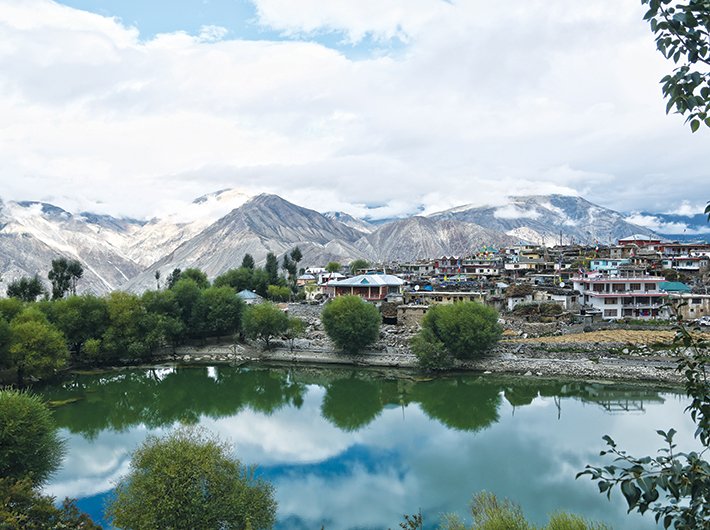Five tourism zones, Incredible India 2.0 and other proposals will boost the sector, and perhaps improve India's ranking
It’s a well-known fact that Indian citizens are a well-travelled lot. Our citizens contribute significantly to the tourism spends in countries such as Switzerland, UAE and Singapore. On the other hand, the attractiveness of India as a tourist destination has improved only marginally over the years, and much remains to be done in this regard.
The Tourism Attractiveness Index of the World Economic Forum ranks India at 51. To put things in perspective, Spain has been ranked 1st, China 17th and UAE 24th. This assumes greater significance, because tourism currently contributes only 7 percent of the country’s GDP, which is much lower than the global average of 10 percent.
Focus on infrastructure and SMEs
Ahead of Budget 2017, it was hoped that there would be specific initiatives introduced for destination development, safety and sanitation, service improvement, tax relief and infrastructure support. Many expectations have indeed been met, at least in part.
The proposal to establish five tourism zones is a welcome move and an important step towards destination development. While the specifics are awaited, focused development of a delineated area tends to ensure that our objectives are met faster and with better spending efficiency.
Though direct initiatives for safety and sanitation were not announced, the ongoing Swachh Bharat Abhiyan would certainly help. However, a dedicated programme in the tourism zones may be necessary to engender any notable improvements in the safety and sanitation parameters of the zones.
For the Indian tourism industry, service improvements were anticipated in many areas, including visa processing, hotel booking, entry fees, special packages and transport bookings. Many of these services are provided by SMEs. The reduced corporate tax of 25% for this group announced in the budget, coupled with the ongoing push towards digitisation of payments, would bring many SME service providers into the formal economy. This would enhance the ability of domestic and international tourists to access the requisite services with much lower scope for price distortion.
Tax incidence on tourism and related activities continues to be an area of concern. Since tourism is nearly always a discretionary spending item in a household or corporate budget, the market for tourism is fairly price sensitive. The ability of tour operators in India to formulate price-competitive packages is hindered on account of high incidence of direct and indirect tax on the sector. Further, we have not been able to attract players such as Universal Studios, Disney, Legoland and Ferrari, partly on account of a high tax incidence on their proposed investment and operations. Specific tax incentives for the tourism industry would certainly help.
The infrastructure development aspect has certainly received a good fillip. Connectivity to tier-2 locations has been emphasised, particularly with the regional connectivity scheme in civil aviation, which is expected to favorably impact the footfall in these locations. The focus on cleanliness and security of railway stations is also a welcome move and the redevelopment of the stations with high-quality amenities will make it easier for tourists to use railways for their trips. Additionally, the linking of special tourist circuit trains will bring the key tourist locations back in focus.
In conclusion
Branding and promotions have been a cornerstone of the tourism strategy of many countries. The objective is to improve per-capita tourist spending so that we are able to reap higher revenues per footfall. It is now critical that we improve the mindshare among discerning and high-spending tourists. The plan to launch ‘Incredible India 2.0’ is therefore a timely initiative.
Budget 2017 has been effective in promoting key areas of infrastructure improvement and service delivery through SME support. The emphasis on infrastructure and service delivery should continue; at the same time, tax incentives and safety and sanitation should not be ignored. They should be areas of focus for the government.
Saif Athar is director and Ghosh, associate director, Capital Projects & Infrastructure, PwC.
(The article appears in the March 1-15, 2017 issue of Governance Now)
